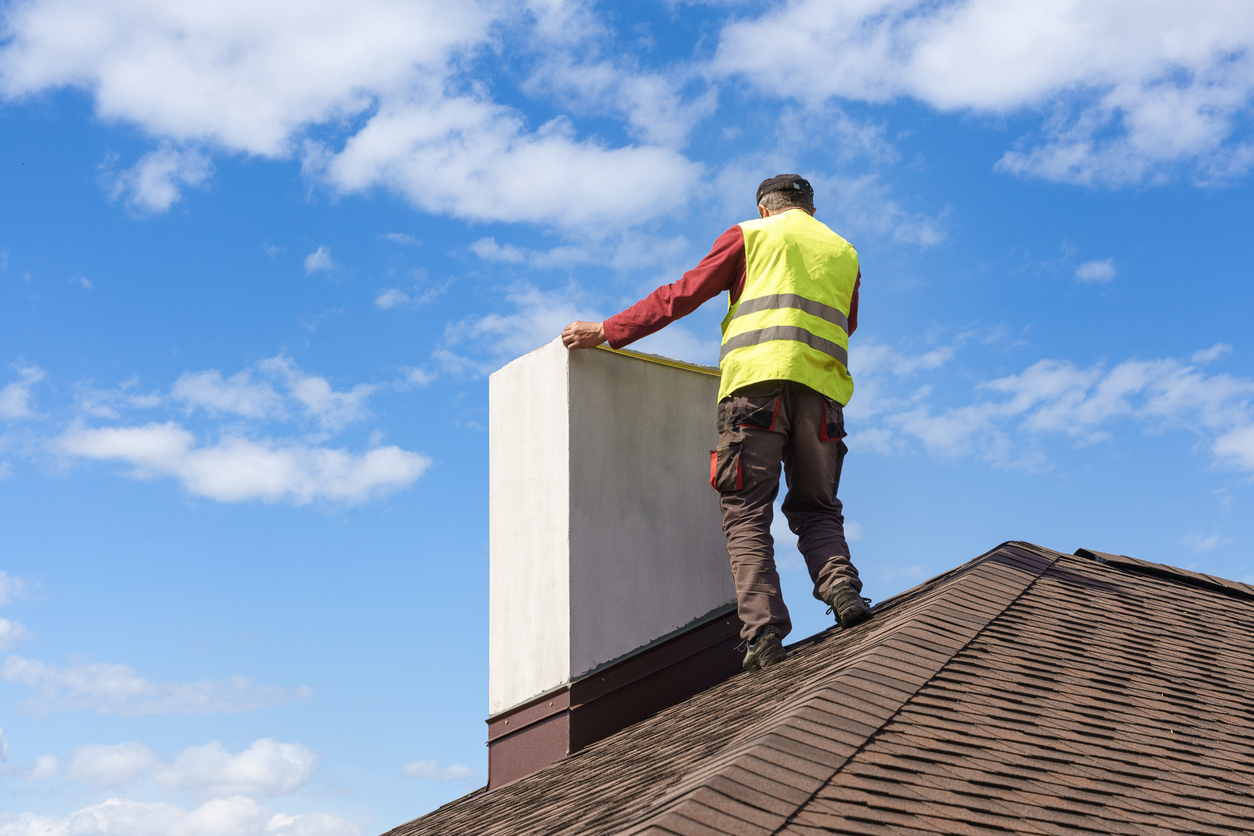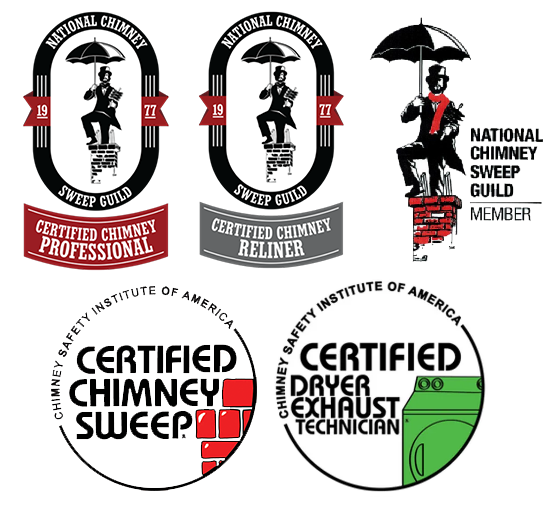
What Does A Chimney Inspection Cover?
An annual chimney inspection is a critical component of home maintenance, often overlooked until a problem arises. These evaluations are essential not only for ensuring the safe operation of your fireplace and chimney but also for maintaining the structural integrity of your home and the health of its occupants. Understanding what is involved in a chimney inspection can help homeowners appreciate the importance of this service and recognize when it’s time to call in the professionals.
The Basics of Annual Chimney Inspections
At its core, a chimney inspection aims to identify any issues that could interfere with the safe and efficient operation of the chimney. This involves a thorough examination of both the interior and exterior components of the chimney system, including the flue, liner, damper, smoke chamber, chimney cap and more. The National Fire Protection Association (NFPA) categorizes chimney inspections into three levels, each varying in depth and detail based on the specific circumstances and needs of the chimney being inspected. It is crucial to schedule an annual inspection with a certified chimney inspector to prevent costly damage and potential dangers, providing peace of mind for homeowners.
Level 1 Inspection:
A level one chimney inspection is the most basic and is recommended as an annual check for chimneys in regular use under no changes in conditions. This inspection includes a visual check of readily accessible parts of the chimney structure, including the firebox, smoke chamber, damper, and chimney exterior. The inspector looks for signs of damage, obstruction, soot and creosote buildup, and ensures that the chimney is structurally sound. This level of inspection is generally sufficient for a chimney that is used under similar conditions year after year with no known problems.
Level 2 Inspection:
Level two chimney inspections are more comprehensive and are required when any changes have been made to the chimney system, such as a change in fuel type, changes to the shape or material of the flue, or the replacement or addition of an appliance of a different type, input rating, or efficiency. Additionally, a Level 2 inspection is necessary upon the sale or transfer of a property or after an operational malfunction or external event that is likely to have caused damage to the chimney (e.g., a chimney fire, seismic event, or severe weather conditions). This inspection includes everything in a Level 1 inspection, plus the examination of accessible areas in attics, crawl spaces, and basements. It often involves the use of specialized tools and equipment, including cameras for internal video inspections, to evaluate the flue lining and internal surfaces thoroughly for any signs of deterioration or damage.
Level 3 Inspection:
Levels of chimney inspections range from Level 1 to Level 3, with each level corresponding to specific circumstances. Level 3 inspections are the most invasive and are conducted when serious chimney problems are suspected that cannot be fully assessed through Level 1 or Level 2 inspections. This level may involve the removal of certain parts of the building or chimney structure, such as drywall or other components, to gain access to areas that are otherwise inaccessible. A Level 3 inspection is recommended when there is known to be significant structural damage or when a hazard is detected during a lesser level of inspection that requires further investigation to diagnose fully and remedy.
What Inspectors Look For: Chimney Flue
Regardless of the level, chimney inspections focus on several key areas to ensure the safety and functionality of the chimney system:
– Structural Integrity: Inspectors assess the chimney’s overall condition, looking for cracks, loose bricks or stones, deteriorating mortar, and other signs of wear that could compromise the chimney’s stability.
– Obstructions and Blockages: The inspection checks for bird nests, leaves, branches, and other debris that could obstruct the flow of air and smoke through the chimney. Installing a chimney cap is crucial to prevent such obstructions, which can lead to a backup of smoke and expose the homeowner to carbon monoxide gas.
– Creosote Accumulation: Creosote is a highly flammable byproduct of wood combustion that can build up inside the chimney flue. Inspectors measure the thickness of creosote deposits to determine if cleaning is needed to reduce the risk of chimney fires. This is often part of what is checked under the chimney inspection cover.
– Liner Condition: The flue liner must be intact and free of cracks, gaps, or deterioration to protect the house from heat transfer and ensure that combustion byproducts are properly vented to the outside. Ensuring the proper functioning of the venting system is essential for preventing smoke, fire, and harmful vapors from entering the home.
– Damper Operation: The damper must open and close fully to regulate airflow and ensure that the chimney drafts correctly.
– Water Damage and Leaks: Inspectors look for signs of water intrusion, which can cause significant damage to chimneys and surrounding structures. This includes checking the chimney crown, cap, and flashing for integrity and proper installation.
The Importance of Professional Chimney Sweep Inspections
While some homeowners may be tempted to perform a visual inspection themselves, professional chimney inspections provide a level of thoroughness, expertise, and safety that cannot be matched by the untrained eye. Certified chimney professionals, often referred to as chimney sweeps, are equipped with the tools and knowledge to identify issues that may not be visible or apparent without specialized equipment. They can also provide expert advice on necessary repairs, cleaning, and maintenance to keep your chimney functioning safely and efficiently.
Regular chimney inspections are a vital aspect of home maintenance, protecting against the risks of chimney fires, carbon monoxide poisoning, and structural damage. By understanding what is involved in these inspections and the critical areas of focus, homeowners can better appreciate the value of this service. Hiring a chimney sweeping service to clean out chimney flues helps remove soot, debris, and other buildup that can lead to chimney fires and damage. Whether you’re maintaining a chimney in regular use, experiencing changes to your heating system, or dealing with the aftermath of a chimney fire or natural disaster, a professional chimney inspection is key to ensuring the safety and longevity of your chimney system.

